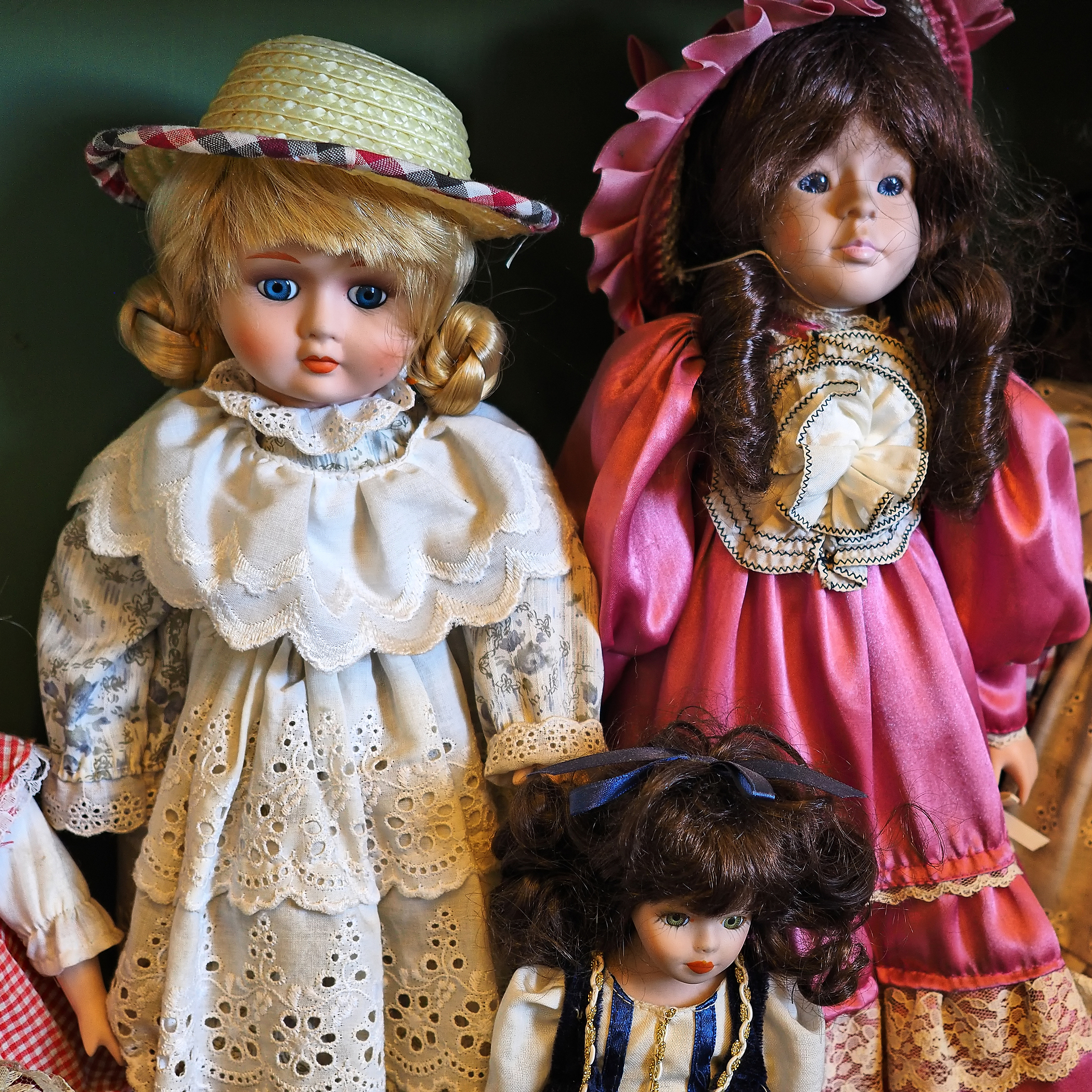The history of porcelain dolls takes roots in the middle of the 18th century. Back then, they were common toys for children, especially girls who did the hair and changed the clothes of their little madams and sirs. Over the centuries, dolls turned into precious collectibles with prices ranging from $5 and $10 to several thousand dollars or more. What is the science behind creating valuable porcelain dolls, and what makes them worth a king’s ransom?
Types of Valuable Porcelain Dolls
There were two types of porcelain used in the manufacture. When well-known Chinese porcelain made it to Europe, many toymakers breathed a sigh of relief as they could replace wood with something more relevant and aesthetic. Such valuable porcelain dolls had one peculiar characteristic: they were all glazed and shiny, which made them look more like fairies rather than real people.
The demand for realistic skin increased after 1850, which led to the appearance of another type of porcelain – bisque porcelain. It was produced in France and Germany and gave toys a matte finish. In case you will want to start a collection of antique dolls, keep in mind the distinction between China dolls and bisque dolls, as it is a mistake to use two terms interchangeably.
How to Make One
To create valuable porcelain dolls, you need porcelain clay, a frame for a doll’s head (the body is usually made of another material), and a furnace to fire clay at temperatures between 2,200 and 2,600°F, which are equal to 1203 and 1425°C. Using a paste of clays and water, you create a shape and then fire it in a furnace. After firing, the porcelain pieces turn white, so you need to paint them to create a realistic skin tone. When left as they are, they become parian dolls, a singular type of toy primarily manufactured in Germany.
Once you have added colors to a doll, you need to think of its decoration, meaning garment, hair, jewels, ribbons, or any other pieces. All these are attached to a body made of cloth, leather, paper, or some composite material. It is rare to see bodies fully made of porcelain due to the fragility and weight of the fired clay.
Given These Points
Now you can give your friends an input into the nature of valuable porcelain dolls when watching “Annabelle” or “Dead Silence.” It is indeed worth knowing how children’s toys from the past have become a hell of an expensive collectible these days.
